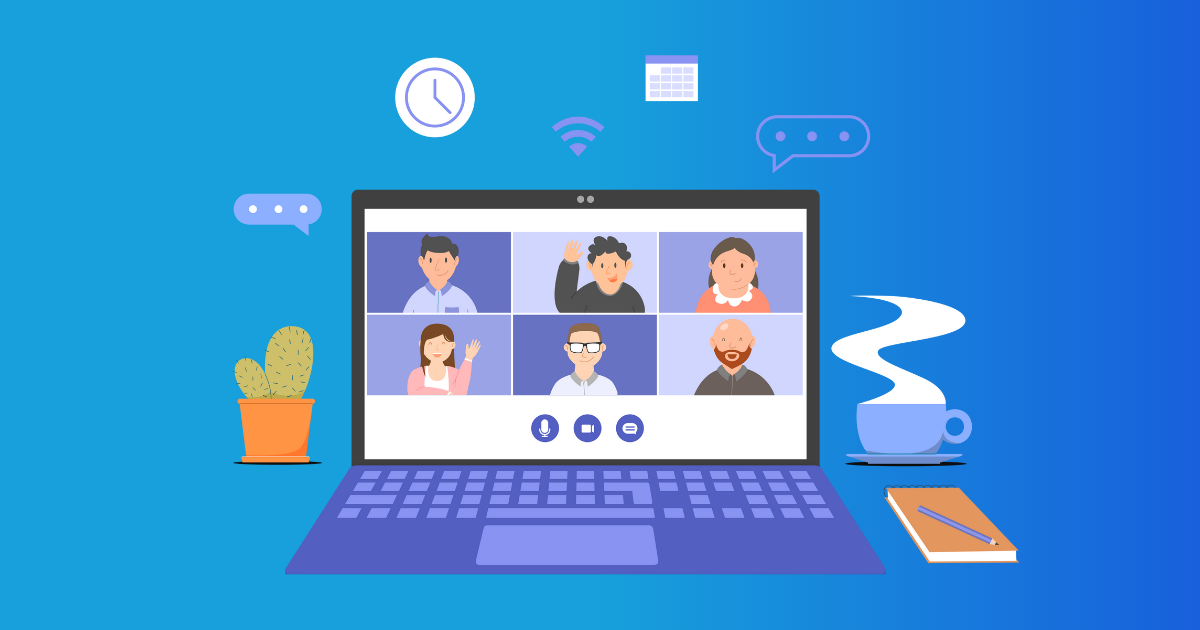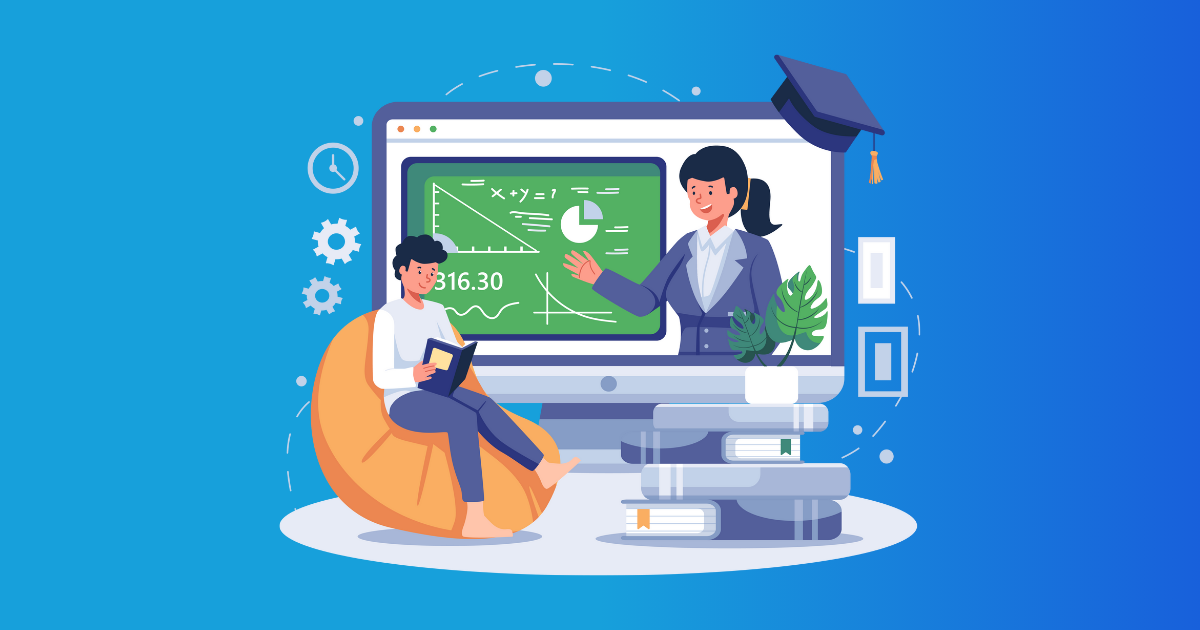Table of Contents
- What is a Jitsi Virtual Background and Why Use It?
- Why put virtual backgrounds in Jitsi?
- Preparing Your Setup for a Smooth Jitsi Virtual Background Experience
- 1. Hardware Capabilities
- 2. Browser Choice and Updates
- 3. Internet Connection Quality
- Step-by-Step: How to Enable Jitsi Virtual Background Without Lag
- Step 1: Join Your Jitsi Meeting
- Step 2: Access Video Effects
- Step 3: Choose Virtual Background or Blur Option
- Step 4: Test Your Video Feed
- Step 5: Adjust Jitsi Video Quality (Optional)
- Step 6: Enable Hardware Acceleration
- Step 7: Close Unneeded Applications
- Step 8: Update Jitsi Desktop Client (Optional)
- Advanced Tips for Jitsi Customization and Video Effects
- Use Third-Party WM Plugins for Enhanced Background Effects
- Optimize Lighting and Camera Placement
- Choose Video Backgrounds Wisely
- Example Use Case: Remote Team Weekly Calls
- Data Security and Trustworthiness Considerations
- Troubleshooting Common Lag Issues with Virtual Backgrounds in Jitsi
- Conclusion
If you’re jumping on Jitsi for your online meet-ups, you might want to jazz things up with virtual backgrounds—without dealing with any annoying lag. Jitsi’s got this nifty feature that lets you tweak your video setup without needing any fancy extra software. However, some folks find that after turning on backgrounds, their videos get choppy. So, let’s walk through enabling a Jitsi virtual background without any hiccups. You’re also gonna learn about other cool features like Jitsi blur background and general Jitsi video effects tweaks. Whether you are new to Jitsi or just looking for pro tips to up your video call game, you’ll find everything you need right here in this rundown.
What is a Jitsi Virtual Background and Why Use It?
A virtual background in Jitsi lets you swap out or hide what’s physically behind you during calls. Instead of your actual room, other folks in the meeting see an image or video you pick, or maybe just a blur that makes your background details vanish.
Why put virtual backgrounds in Jitsi?
- Privacy: Keep your personal space under wraps.
- Professional vibe: Create a neat or branded setting.
- Downtime distractions: Cut down on dizzying background motion.
- Fun factor: Have themes or your own flair in the background.
Jitsi offers this feature right out of the box, or through some plug-and-play add-ons, making your setup easy and free from the hefty price tags of extra gear. The big win? You’ll present way better in your meetings without needing anything extra.
But hey, let’s be real, if you don’t set it up right, virtual backgrounds might make everything lag or stall, cramping your call vibe.
Preparing Your Setup for a Smooth Jitsi Virtual Background Experience
Before you flick the switch on virtual backgrounds in Jitsi, make sure your device can manage the extra video load. Here’s what to check:
1. Hardware Capabilities
Running virtual backgrounds and blur effects needs some serious real-time video processing muscle, tapping into your CPU and sometimes GPU resources.
- Best bet: Recent laptops or desktops with multiple CPU cores and GPU support — these can handle video effects like a champ.
- Mid-range machines: These might handle a blur okay, but might sweat with high-res backgrounds or videos.
- Older or basic setups: They could lag or overheat with these effects, so beware.
On a personal note, I gave Jitsi’s background blurring a trial spin using my trusty Intel i5 with built-in graphics and saw the CPU light up to 30%. Meanwhile, a buddy using an older dual-core setup had the thing freeze up as soon as the background was on.
2. Browser Choice and Updates
Jitsi does its thing in browsers and a few desktop apps, but your choice of browser and how updated it is will affect the background effects.
- Pick Google Chrome or Microsoft Edge for top-notch WebRTC and GPU acceleration. Firefox is okay but tends to lag a bit more.
- Keep those browsers updated to grab any performance boosts or bug fixes for video effects.
- Chuck any pesky extensions that are hogging your CPU or messing with WebRTC.
3. Internet Connection Quality
While your device mainly bears the brunt of virtual backgrounds, a steady internet connection keeps the video streaming seamlessly too.
- Quit any bandwidth-heavy apps lingering in the background during calls.
- Switch to a wired Ethernet connection rather than Wi-Fi, where you can.
- If your connection wobbles, dial down your video resolution in Jitsi.
Step-by-Step: How to Enable Jitsi Virtual Background Without Lag
Follow these steps and set things up so everything runs smoothly with no lag:
Step 1: Join Your Jitsi Meeting
Hop into your meeting using a supported browser, preferably Chrome or Edge. Check if your camera plays nice with your usual video feed.
Step 2: Access Video Effects
In the Jitsi interface:
- Hit the three dots (More actions) menu at the bottom right.
- Click Settings.
- Slide into the Video Effects tab (sometimes hiding in ‘More’ or ‘Advanced settings’ depending on Jitsi version).
Step 3: Choose Virtual Background or Blur Option
Here’s where you decide on:
- Virtual Background: Pick a background from the options or chuck in your own. Stick with light and static images for easier processing.
- Blur Background: Just blur things around you, which uses fewer resources than a full virtual background.
- None: To remove effects.
Step 4: Test Your Video Feed
After choosing an effect, take a look at your video:
- Check if the background changes or blurs as you wanted.
- Look out for lag, freeze-ups, or stutters. If anything goes awry, try a simpler background or switch to a blur instead of a full-on image.
- Once in a while, disable virtual backgrounds while using other apps like screen sharing, checking if performance perks up.
Step 5: Adjust Jitsi Video Quality (Optional)
To ease the load:
- In Settings > More > Video Quality, knock the resolution to 720p or 480p for smoother calls.
- Lower video quality means less bandwidth use and lighter CPU/GPU load, helping virtual backgrounds perform better.
Step 6: Enable Hardware Acceleration
Ensure your browser leverages GPU acceleration:
- On Chrome, check
chrome://gputo see if GPU hardware acceleration is active. - Flick it on through your browser settings if it isn’t.
- This boosts processing of video effects for a smoother experience.
Step 7: Close Unneeded Applications
Shutdown any heavy-apps like video editing software, games, or busy browsers with tons of tabs, freeing up CPU capacity.
Step 8: Update Jitsi Desktop Client (Optional)
If you’re running the desktop client, keep it up-to-date. Newer versions often have must-have performance upgrades for video effects.
Advanced Tips for Jitsi Customization and Video Effects
Use Third-Party WM Plugins for Enhanced Background Effects
Explore open-source add-ons like OBS Virtual Camera or any cool background removal plugins that hook up with Jitsi via browser. They pull off powerful effects but might cost a bit in terms of setup and hardware resources.
Optimize Lighting and Camera Placement
Good lighting makes Jitsi’s background algorithm snap your outlines more accurately, reducing the chances of visuals glitching:
- Try soft front lighting and avoid harsh backlighting.
- Set your camera at eye level.
Choose Video Backgrounds Wisely
- Steer clear of fast-moving or overly busy image choices.
- Go for solid colors or subtle patterns to save on processing demand.
Example Use Case: Remote Team Weekly Calls
I once worked with a remote company that swapped out hectic real backgrounds for sleek company-branded images during team gatherings. They reported cut-down distractions and a neat boost in video quality since everyone opted for static low-res images and capped video resolution to 720p.
Data Security and Trustworthiness Considerations
Jitsi is open source and scores high with end-to-end encryption when done right. Using virtual backgrounds won’t mess with the security or privacy of your calls.
- Background images sit safe on your device; they’re not sent out.
- Refrain from using sensitive pictures as backgrounds to keep data private.
- Always download Jitsi from legit sources: jitsi.org.
These considerations keep your video calls locked down and secure as you tweak your appearance.
Troubleshooting Common Lag Issues with Virtual Backgrounds in Jitsi
Problem: Video lags or freezes once virtual background kicks in.
Solutions:
- Opt for a blur effect over a full image background.
- Knock the video resolution down to 480p or 720p.
- Go wired for your internet connection.
- Close CPU-hogging apps tinkering in the background.
- Consider upgrading your device or switching to the Jitsi desktop client.
- Keep your browser updated.
Problem: Background doesn’t stick or edges glitch.
Solutions:
- Boost room lighting.
- Use a plain real-world background.
- Restart Jitsi and your browser.
Conclusion
Turning on a Jitsi virtual background can take your video calls up a notch, boost privacy, and inject a bit of professionalism. The secret to using these or the Jitsi blur background without the lag? Make sure your gear is up for it, tweak your settings to perfection, and go for simple backgrounds whenever possible.
By zoning in on our step-by-step guide, pretty much dialing in that video quality, ensuring hardware acceleration is switched on, and tinkering with your browser — you’ll glide through with smooth Jitsi video effects and minimal annoyances.
Give these pointers a spin in your next Jitsi meeting and see how switching up backgrounds can make a world of difference.
If this article gave you some clarity, toss us a subscribe for more hits on Jitsi customization and pro video conferencing tips. Share what happened with your virtual backgrounds or throw questions our way—we’ll give you tailored advice! Dive into your next video call confidently, using Jitsi’s cool virtual backgrounds, minus the lag or headache.
FAQ
A Jitsi virtual background replaces or blurs the background during video calls to enhance privacy and appearance.
Use lighter images or simple blur effects, ensure hardware acceleration is enabled, and avoid running heavy apps simultaneously to prevent lag.
Yes, Jitsi supports video effects such as background blur and virtual backgrounds through its video effects settings or third-party plugins.
Virtual backgrounds can slightly reduce video performance if hardware is limited but do not affect security when using Jitsi’s standard encryption.
Modern PCs and laptops with a dedicated GPU handle Jitsi virtual backgrounds and blur effects best; low-end devices might struggle.


